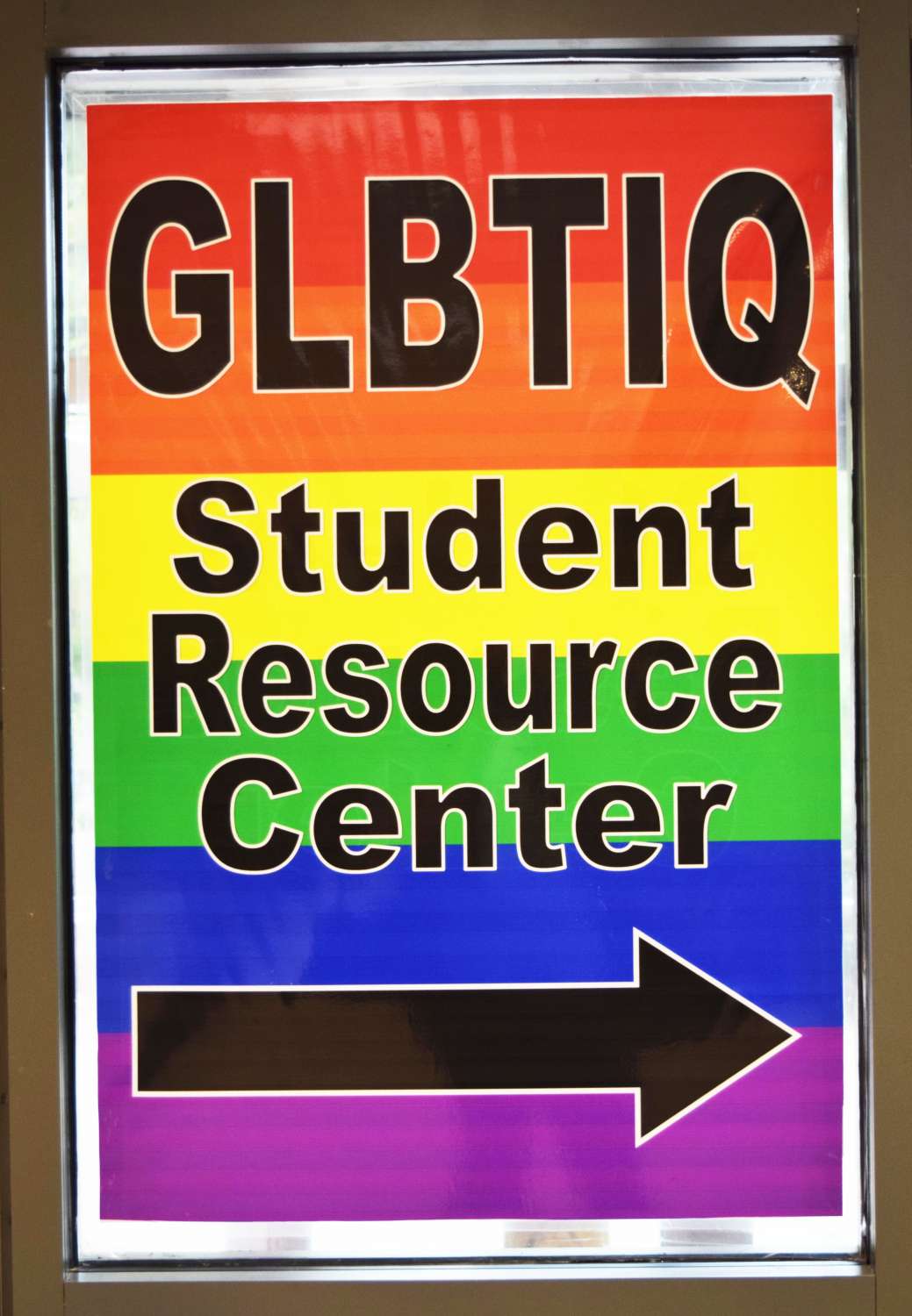Enrollment has reportedly passed 35,000 students, and Kennesaw State University doesn’t have the physical space or the instructors needed to properly teach them.
Just two weeks before classes began, some communication majors received an email informing them of a course cancellation.
“This message is to inform you that unfortunately the [course] in which you were enrolled for fall semester must be cancelled due to lack of instructor and will soon be removed from your schedule,” the email read.
A second email offered a “special time ticket” for affected students to register for classes, but most courses were already full.
“We’re offering a similar schedule to what we’ve offered in recent years,” said Dr. Barbara Gainey, chair of the School of Communication and Media. “The difference is that the demand has increased, and that the faculty available to teach has not appreciably changed.”
Gainey said a total of six courses were cancelled before school started due to the lack of instructors, including some that are prerequisites to graduate. There are also three full-time and two part-time faculty members that are expecting, further straining the workforce.
Gainey explains, however, that this problem has been building over the course of the last few years.
“We have been able to add both assistant professors and lecturers in the past couple of years, but not in the numbers that allow us to really catch up,” she said.
The shortage boils down to the budget, and there simply isn’t enough funding to hire more professors.
“My understanding is that there is no expectation that new faculty at all will be hired this coming year,” Gainey said.
With no expectation of new instructors in the coming year, students can expect the same difficulty in signing up for classes.
“This is a challenge that’s not unique to our program,” she said. “We just seem to be the most extreme example of it right now.”
Ken Harmon, the provost and vice president for Academic Affairs, agrees that the shortage of instructors is not unique to the School of Communication and Media.
“It’s a ubiquitous problem,” Harmon said. “I wish it was isolated, but it’s not.”
Though students are struggling to get into upper-level courses needed to graduate, Harmon says there is an even bigger problem with general education courses.
“We have critical needs for instructors, especially if you think about the core classes,” he said. “Our biggest issue is just the budget itself.”
Though Harmon attributes the current lack of instructors to a university-wide budget crisis, he does not believe the dining operating losses revealed by the audits in June are connected to this issue.
“I think those are fairly isolated to the auxiliary and operational side,” he said.
He blames the university’s rapid growth in recent years for the shortage of instructors and the budget needs. As of Friday afternoon, enrollment was nearly 35,600 according to Harmon, though that number may change after the first few weeks of classes. Historically, KSU has been a school of transfer students, though the demographics have shifted to reflect a higher percentage of first-time full-time freshmen enrolling.
“As a whole campus, if you look at our square footage per student compared to almost all others across the state, we have some of the lowest square footage,” Harmon said.
This has led to a lack of physical space for classes. The university now uses software to look at class sizes and available rooms across campus to switch spaces as needed. Some courses for the School of Communication and Media, for instance, are being held in Kennesaw Hall instead of the typical Social Sciences building.
“Now we’re saying, ‘All buildings belong to the university and we just need to move classes where they are best suited,'” Harmon said.
He says the administration is exploring solutions to the lack of space as well as the shortage of instructors.
One solution, Harmon said, is to reallocate resources to funnel more money into instruction. The university is also using technology to study utilization of faculty workload — basically, adjusting class sizes to serve more students with the existing amount of instructors.
Harmon also stresses how much online and hybrid courses can help the problem, along with the possibility of implementing an admissions cap. He says the administration plans to work with the Board of Regents to learn more about capping enrollment and the next steps of the process.
“We either need a dramatic expansion of resources or we need to cap enrollment,”Harmon said.
While these solutions are vetted and implemented, though, some students fall behind in their graduation dates because required courses get cancelled.
Gainey, the chair of the School of Communication and Media, did not indicate that students can have prerequisites overridden or other solutions to help them graduate on time.
“We’ve exhausted our resources,” she said. “Students may be back with us in the spring. It’s a very unfortunate situation.”
Harmon said most situations with cancelled courses are handled within each college and school.
“However, if we have students who are being delayed on their graduation, we would want to know about it,” he said.
Harmon says sometimes there are “creative” ways to allow students to stay on track, like creating overflow classes or waiving prerequisite course requirements.
During this transition process, he emphasized that students’ feelings are not being undermined, and urged them to speak up to administration and faculty.
“It is very crowded. We get that,” Harmon said. “You have every right to be frustrated.”



